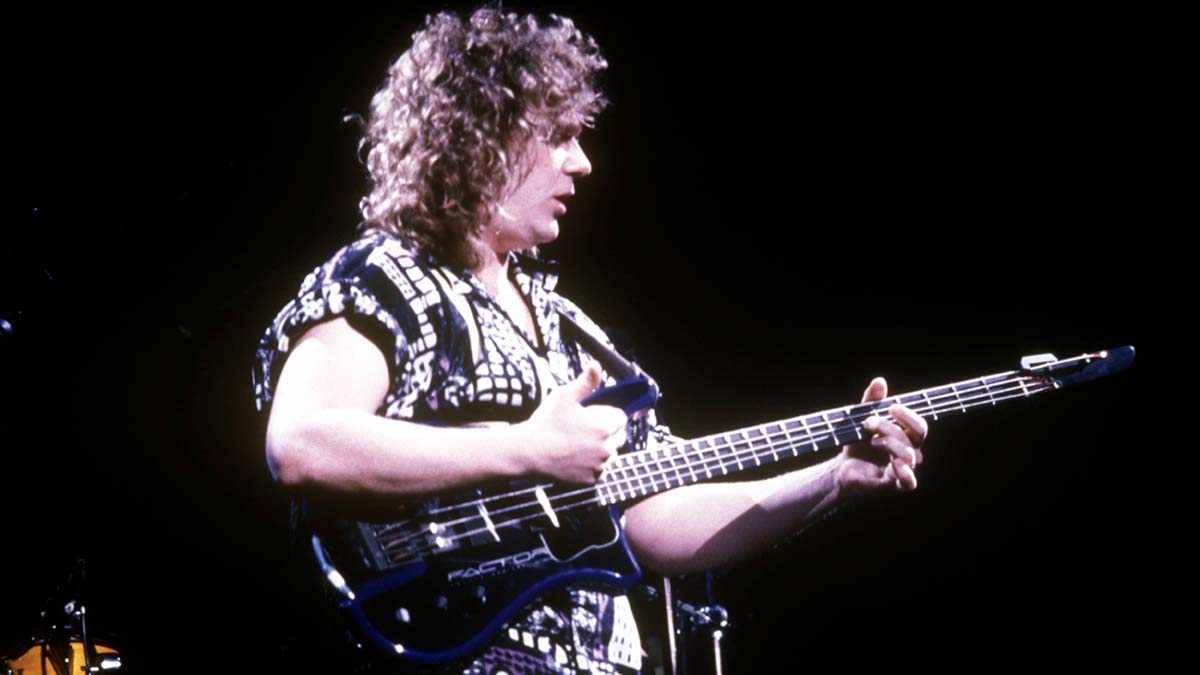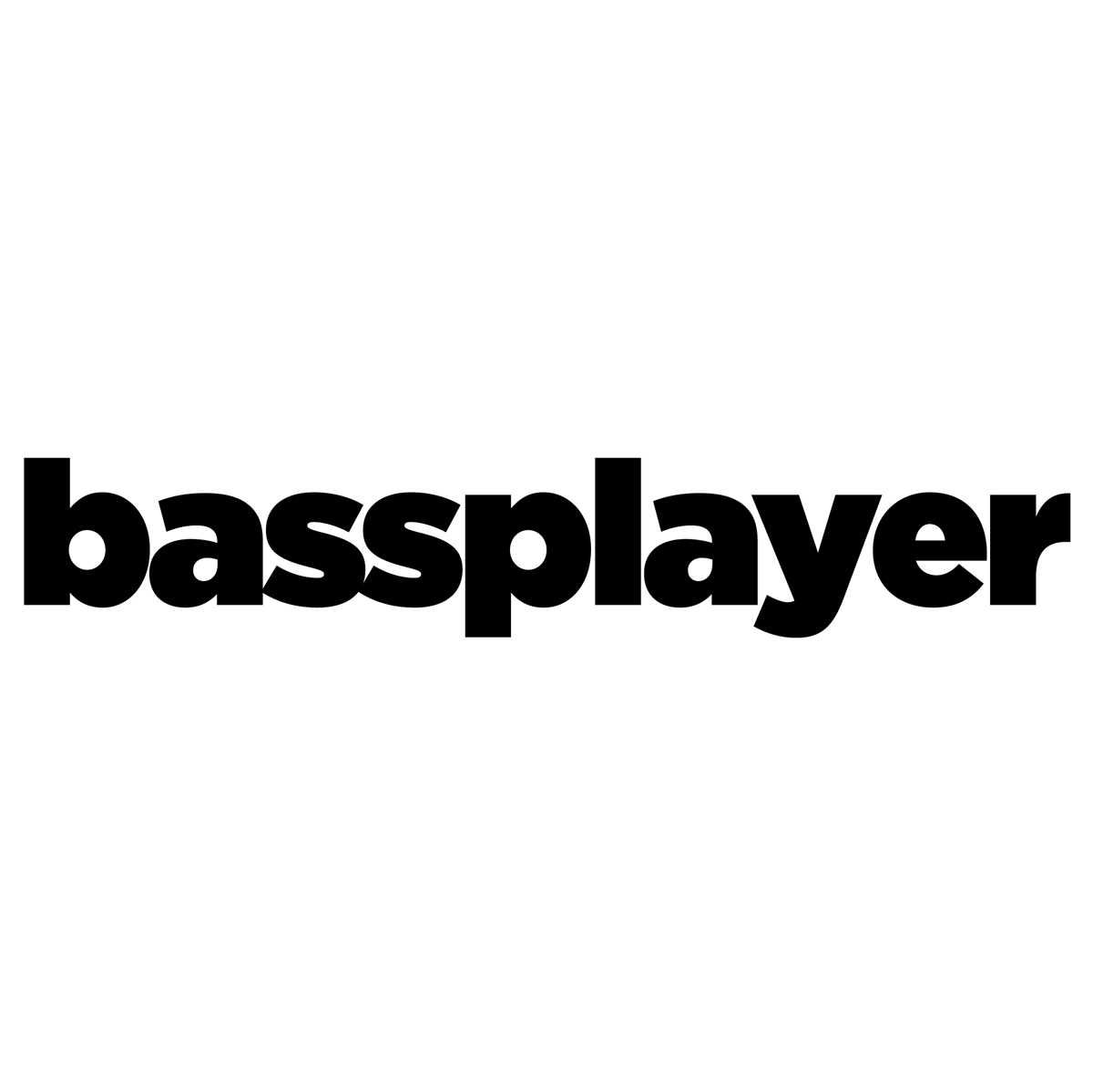Stuart Hamm on 5 of his best bass albums
The unique solo and session star looks back on a fistful of career-defining recordings, from the fast to the frenzied

The accomplished bassist, composer, and educator Stuart Hamm came to prominence through his work with Joe Satriani in the mid-’80s, both live and on record. The New Orleans-born bassist had met Satriani through Steve Vai while at the Berklee College of Music in Boston.
Hamm is noted for his fusion and classical influences, and is a master of technique. Whether he is slapping, doing double-handed tapping, playing chordal work, using harmonics, or even pursuing a polyphonic approach, a Hamm bassline is unlike anybody else’s.
Over the years, he has worked with the likes of Frank Gambale, Steve Smith and Greg Howe, alongside a fascinating set of solo records that range from covers of classical pieces – including Bach and Beethoven – to minimalism, ambient and jazz.
Hamm, who also plays piano and sings, has released several instructional videos, and also worked for the Musician’s Institute of Hollywood as Director of Bass Programs.
He has played various bass guitars throughout his career, including an iconic Kubicki, and his own signature Fender Urge model: he was the first ever bassist to receive this accolade from Fender. He’s also played his own Washburns and Warwicks.
We caught up with this multiple award-winning musician for a chat about five recordings that he regards as memorable, significant, or just very cool...
1. Stuart Hamm – Kings Of Sleep (1989)
“This album has many compositions that people now associate with me. It has the sound of the Kubicki bass, which was really instrumental in my explorations. Tapping, slapping in chords, and all of that stuff really sounds good on that bass. It is the definitive sound of my playing in that period, with Black Ice and a tapped version of Prelude In C by JS Bach. The title track and Terminal Beach are heavy tapping bass pieces, too.
Get The Pick Newsletter
All the latest guitar news, interviews, lessons, reviews, deals and more, direct to your inbox!
“This record won me Guitar Player magazine’s Readers’ Poll, back when Bass Player was just an insert in GP. In fact, I believe I won Best Jazz Bass Player and Best Rock Bass Player two years in a row. On Kings of Sleep there’s a song called I Want To Know which explored my jazzier side, and it also had inklings of the ambient side of things that I went on to write later.
“Still, nobody seems to ask me the important questions like ‘What is that song about?’ or ‘What was the inspiration for this song?’ They want to know stuff like what kind of strings I play. For me, composing is very personal: each song means something to me. It doesn’t become a song until I name it, and until I know what it’s about emotionally and intellectually.”
2. Stuart Hamm – Diary Of Patrick Xavier (2018)
“For every song I wrote on this album, I included a couple of paragraphs about where I wrote it, and usually a photograph associated with the place. I read a lot, all the time, and for this album I was in a hotel outside of Pescara, Italy where they had a little lending library.
“I found a diary by this guy, Patrick Xavier, and strangely enough what he had written echoed what I had been going through. The record became one that compared my experiences with his, with me trying to express that conceptual literary idea musically.
The tones, compositions and execution on this record are pretty phenomenal, in my opinion
“This is a completely solo bass record; since I didn’t have anyone else to play with or anywhere to hide, it required all my skills of composition, and all the different sounds I could wrangle out of the basses I used. To make every song different emotionally, intellectually, and musically, was challenging, and it really inspired me to bring all that I had to the table as a player.
“The tones, compositions and execution on this record are pretty phenomenal, in my opinion. You can put the album on, just as a nice noise in the background, but if you choose to listen a little more carefully, you can appreciate some of the bass techniques too.”
3. GHS – The Light Beyond (2000)
“I did three records with Frank Gambale and Steve Smith: this was the second one we did. It was a really creative time, out in Novato, Northern California, at Steve’s house. First thing in the morning, someone would toss out an idea, we’d write a song, and then record it: What we got on tape was the first time we were playing the song.
It was done by the seat of our pants, knowing that the whole thing could fall apart at any moment
“It was done by the seat of our pants, knowing that the whole thing could fall apart at any moment, so the songs are really fresh and exciting. There’s a really nice groove and great melody on Katahdin’, which showcases some of the techniques I used, and which has become a staple of my live shows. Two songs that marked my move toward ambient, post-modern minimalism were Nostalgia and Fugitive Aspirations.
“All three records we did were great. On the first one we were feeling each other out, and on the third one we were possibly coming to the end of the project, so on The Light Beyond, the second one, all the pistons were really firing.
“Three is the magic number, and actually that applies to the number of takes I do when I’m recording: The first one is okay, the second is good, and I’ll try some different things on the third one. Then I get bored!”
4. Various Artists – Merry Axemas, Volume 2 (1998)
“The Merry Axemas record was a collection of guitar heroes doing their versions of Christmas songs, and I wangled myself an invitation on it, for a version of Sleigh Ride. So it’s me, Steve Smith on drums and Tom Koster, who wrote Europa for Santana. And, man, I had a bigger budget for that one song than all but one of my solo albums!
“I hired the best studio in San Francisco, and got to pay everyone well, which surely makes everyone play fine and have a good time. It’s really well recorded, and I swing my ass off in the music.
“Adrian Belew, who was the producer, also recommended me to a Mexican artist called Caifanes. I played my Fender Urge fretless bass on their song Quisiera Ser Alcohol – it’s a wonderful tune and at the time, people had never heard me play fretless before. That song put me on the map and endeared me to the Mexican-American and Español audience.
“Gear-wise, I’ve got a short scale bass called Larry, in Boston Celtics green, named after the great Larry Bird. My piccolo bass is a fretted Fender. I was using Hartke amps, too, but in the studio, at least 80 or 90 percent of what you hear is actually a DI signal.”
5. Richie Kotzen – Richie Kotzen (1989)
“Richie is a good friend, a wonderful musician and a great singer. We’ve had some crazy times playing together, and I have much respect for him. This was his first album, recorded during his first time in California at 16 or 17 years old. They were gonna have Billy Sheehan play on it, because he and Steve Smith have done a lot together. Billy was unavailable, which was fortunate for me.
“Richie’s a real talent but at that point the producer, Mike Varney, wanted him to play a lot of notes. I was asked to double some runs which were a natural in one octave but then a C# in the next. It was just finger movement. It wasn’t really scales as they relate to the chords.
“One time when I was in the studio, Mike and [guitarist] Jason Becker were in the control booth, and I was trying to double some three-octave tapping run that wasn’t a scale – it was just moving your fingers in a certain pattern up and down the neck.
“As I was trying to do this, I heard one of the producers in my headphones saying, ‘Hey, Stu, can you play that run a little faster and cleaner? It sounds a little moth-eaten.’ And I was like, ‘Dude, if I could play this faster and cleaner we would have been done 10 minutes ago!’
Bass Player is the world’s most comprehensive, trusted and insightful bass publication for passionate bassists and active musicians of all ages. Whatever your ability, BP has the interviews, reviews and lessons that will make you a better bass player. We go behind the scenes with bass manufacturers, ask a stellar crew of bass players for their advice, and bring you insights into pretty much every style of bass playing that exists, from reggae to jazz to metal and beyond. The gear we review ranges from the affordable to the upmarket and we maximise the opportunity to evolve our playing with the best teachers on the planet.















